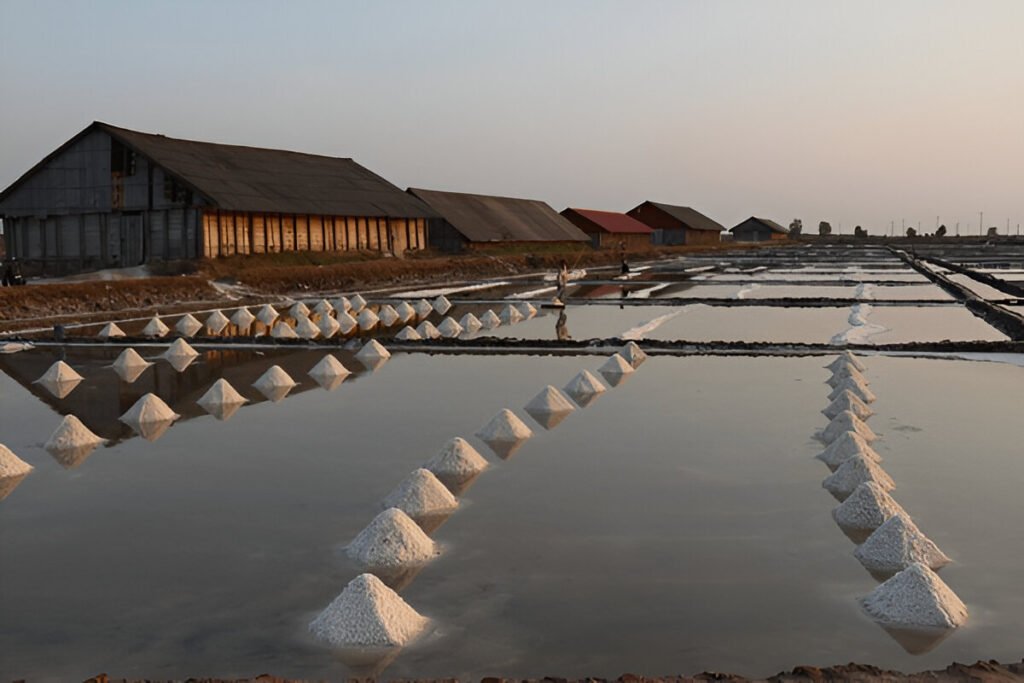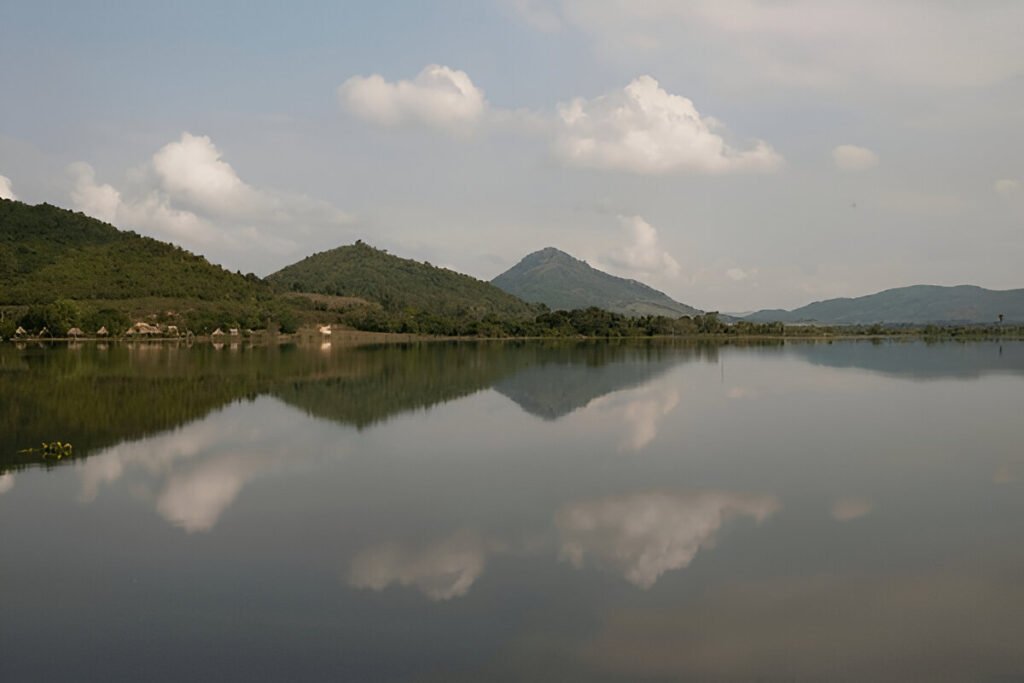Introduction:
Nestled in the northern reaches of Fukushima Prefecture in Japan is the enchanting Ouchi-juku. This preserved post town, unchanged from its Edo-era glory, offers a unique opportunity to step back in time and experience traditional Japanese culture in its purest form. As a well-preserved relic of the Edo period (1603-1868), Ouchi-juku is an exceptional window into the past and an absolute must-see for anyone with an interest in history or traditional Japanese culture.
Discovering the Timeless Charm of Ouchi-juku
Wandering the single, unpaved main street of Ouchi-juku is like walking through a living history textbook. The town is lined with thatched-roof houses reminiscent of a bygone era – a visual oasis untouched by the hands of modernization. Visitors will instantly notice that the buildings maintain their traditional “minka” style, a type of rural architecture characterized by thatched roofs and a simple, rustic design. The entire area has been designated as an I mportant Preservation District for Groups of Historic Buildings by the Japanese government, a testament to its value and historical significance.
The inhabitants of the town have carefully preserved its charm and old-world atmosphere, making it a great place to immerse oneself in the traditional Japanese lifestyle. You can see locals going about their day-to-day lives, clad in traditional attire, adding to the authenticity of the experience. Local shops sell handmade crafts, and traditional restaurants serve up local specialties, offering visitors a taste of the region’s rich cultural heritage.
Step into History: A Journey through Edo-era Fukushima
Ouchi-juku served as a key resting spot on the Aizu-Nishi Kaido trade route during the Edo period. Here, travelers would take respite, sharing stories and experiences. Today, it offers an unadulterated glimpse into that era, with its well-preserved buildings and serene atmosphere that transport visitors back in time. As you walk along the main street, you can’t miss the former Honjin, the principal inn reserved for high-ranking officials. Today, it serves as a museum showcasing artifacts from the Edo period.
Ouchi-juku is also home to traditional festivals that uphold the customs and traditions of the Edo period. The most notable is the Snow Festival held in February, where locals and visitors alike come together to enjoy the snow-covered village, glowing with hundreds of lanterns. The summer festival is another significant event where you can witness the thrilling spectacle of a traditional Japanese race, where participants carry portable shrines on their shoulders.
Local Tips:
The best time to visit Ouchi-juku is in winter, particularly during the Snow Festival, when the town’s charm is amplified by the snow. Dress warmly and wear comfortable shoes, as the main street is unpaved. The local language is Japanese; however, some locals may speak English. Be sure to show respect for local traditions and customs.
How to Get There:
Ouchi-juku is easily accessible by car from Aizu-Wakamatsu, which takes about an hour. Alternatively, you can take a train from Aizu-Wakamatsu to Yunokami-Onsen Station and then a bus to Ouchi-juku. Travel time is approximately two hours. There are also guided tours available that offer convenient transportation and insights into the history and culture of Ouchi-juku.
Nearby Attractions:
Close to Ouchi-juku are several attractions that complement the historical journey. The Aizu-Wakamatsu Castle, also known as Tsuruga Castle, is a must-visit, and the Aizumura Folk Museum offers interesting insights into the local culture. Nature lovers will enjoy a trip to the nearby Goshiki-numa, a set of five volcanic lakes each with different colored water.
Conclusion:
Ouchi-juku is a beautiful snapshot of the past, a place where the pace of life slows down, and the spirit of the Edo era prevails. Whether it’s the charm of the thatched-roof houses, the local festivals, or the warmth of the locals, a journey through this historic post town will leave you with a deep appreciation of Japan’s rich history and a trove of unforgettable memories. Don’t miss the chance to immerse yourself in the timeless charm of Ouchi-juku.






